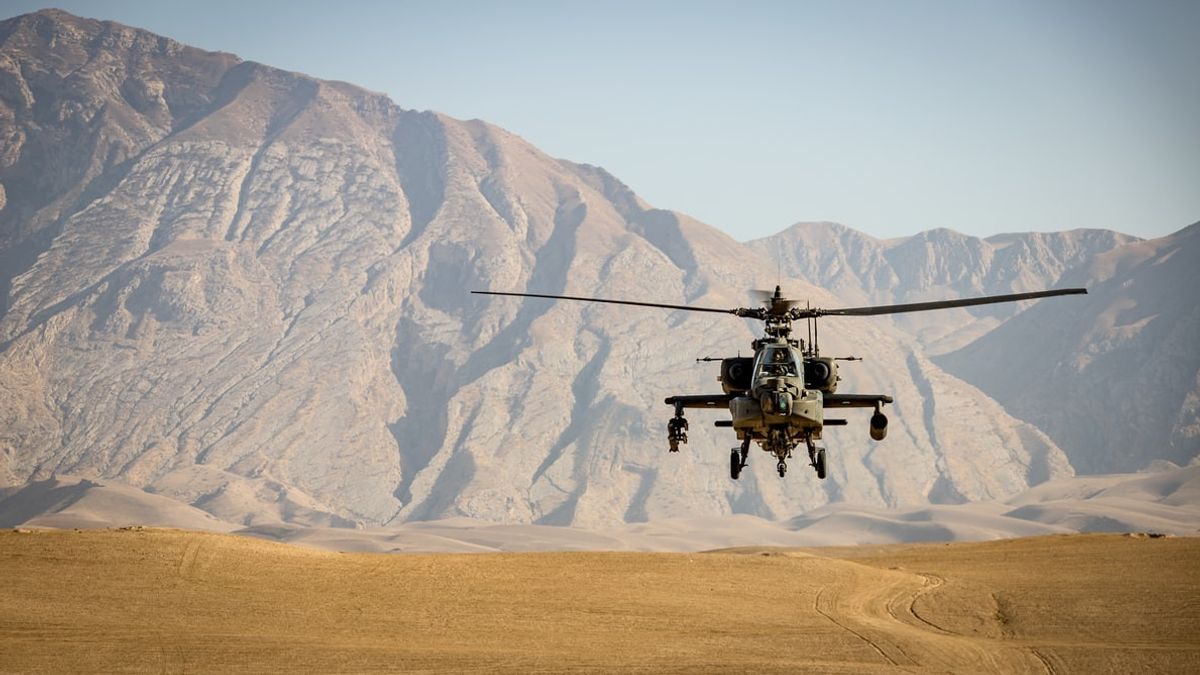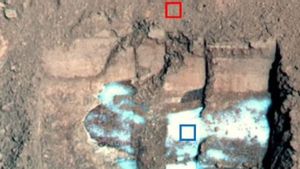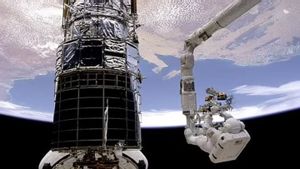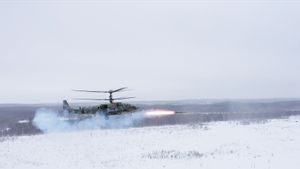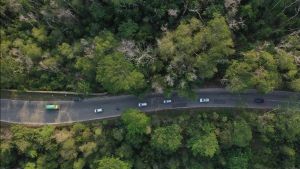JAKARTA – Increasing global demand for rare earth minerals and lithium, which is driving advanced technology, has put Afghanistan at the forefront. This is because the country's mineral reserves, which have just been controlled by the Taliban militia, are known to be very rich in minerals. But in reality, it's not that simple.
Afghanistan gains visibility in the public eye due to its considerable mineral wealth. The country is located in the Tethyan Metallogenic Belt (TMB) which stretches from Europe through Turkey, Afghanistan, and Iran. It is considered by geologists to be one of the countries with the highest concentrations of metals and minerals in the world.
Bursting with lithium, gold, iron, copper, and gems, Afghanistan is subject to a new global economic scrutiny. Especially in the midst of a growing global dependence on rare earth metals to produce consumer technology goods, efficient batteries, advanced military hardware, and sophisticated computer chipsets.
Other resources that can be found in Afghanistan include oil, natural gas, uranium, bauxite, coal, rare earth, chromium, lead, zinc, talc (lime), sulfur, travertine, gypsum, and marble.
Most estimates suggest that Afghanistan is home to at least USD 1 trillion in mineral reserves. Including areas that have the potential to be the largest source of lithium reserves in the world. However, this figure is questionable. First, the valuation took place in 2010 at the end of the high-performing global commodity cycle.
Other estimates also vary widely. In 2010, a former mining minister valued Afghanistan's mineral wealth at nearly USD 3 trillion. If the numbers are accurate, it is potentially more valuable after the global economic recovery.
That's all very good on paper, but little is said about the difficulty of extracting those resources. That's because most of the estimates rely on geological surveys conducted in the 1980s by Russia. That's not to say that they're not accurate, but modern surveying techniques have come a long way in the past 40 years.
Afghanistan has seen various attempts to extract its resources through several rounds of government tenders. Including one big offer by JP Morgan banker Ian Hannam. However, most were discontinued due to security conditions.
In 2018, China's state-controlled Metallurgical Group and Jiangxi Copper Company acquired the rights to Mes Aynak, home to one of the world's largest copper deposits. Mining bids were quickly stalled upon discovering that the copper deposit lay beneath a UNESCO-protected heritage site, and remains in limbo to this day.
A 2019 report by Afghanistan's Ministry of Mines and Petroleum estimated the country's copper reserves at 30 million tonnes. An Afghan mining report shared by the ministry described another 28.5 million tonnes of copper in undiscovered deposits, bringing the total to close to 60 million tonnes, worth hundreds of billions of dollars.
Other challenges include logistics. Afghanistan has no access to water and has a limited rail network. Extracting certain minerals requires advanced technology and similarly sophisticated infrastructure, which means a 2010 US Department of Defense report describing Afghanistan as "Saudi Arabia lithium" may be off the mark.
Lithium is facing a global supply shortage as demand for precious metals increases worldwide. Especially with the advent of electric cars, which mainly rely on high-grade lithium for their batteries.
SEE ALSO:
More recent reports are unclear about how much lithium is actually in the country. One 2018 report from the US Geological Survey reported that Afghanistan has significant deposits of lithium-containing minerals, but made no estimates of how much could actually be found. The joint US-Afghanistan assessment in 2019 did not address lithium at all, despite reporting 1.4 million tonnes of rare earth metal.
The same report describes more than 2.2 billion tonnes of crude iron ore, a steel precursor worth more than 350 billion US dollars, in addition to much smaller gold deposits estimated at 2.700 kg, valued at 170 million US dollars.
Similar to neighboring Iran and Turkmenistan, Afghanistan is also estimated to have nearly 1.6 billion barrels of crude oil and 16 trillion cubic feet of natural gas.
Amid all the richness of minerals and oil is very demanding on the resources necessary for modern green technology. While the US, Europe, and Japan see Afghanistan as an opportunity to reduce their reliance on China's rare earth, the maneuver will cost years and millions of dollars.
While Afghanistan is hailed as a super mineral reserve, the costs of extraction, production, and shipping are rarely mentioned, providing a very inaccurate picture of the country's mineral wealth.
The English, Chinese, Japanese, Arabic, and French versions are automatically generated by the AI. So there may still be inaccuracies in translating, please always see Indonesian as our main language. (system supported by DigitalSiber.id)
